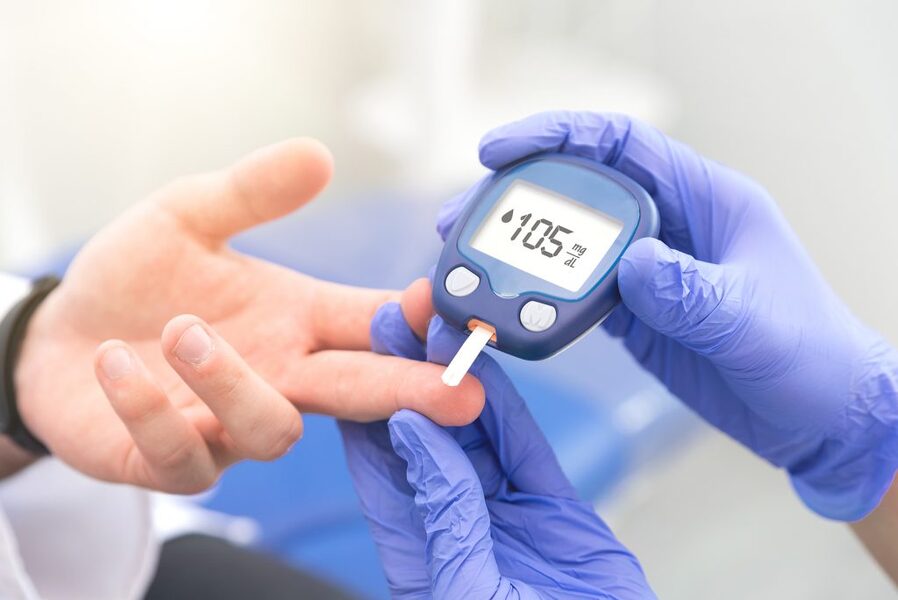The nutritional decisions you make today, if you have been diagnosed with prediabetes, are more crucial than ever since they could mean the difference between getting your blood sugars stable within a healthy range and developing type 2 diabetes. Here’s what you need to know about how nutrition affects prediabetes, along with advice endorsed by experts on which foods to eat when you have this disease. But first, let’s define prediabetes.
What is prediabetes?
Prediabetes has no overt symptoms, so you might have it without ever realizing it. However, almost all people have prediabetes, which is characterized by blood glucose levels that are elevated but not yet high enough to be classified as diabetes, before they develop type 2 diabetes. Consult your doctor and get tested for diabetes or prediabetes if you suspect you may have either condition. If you find out you have prediabetes, keep in mind that it does not necessarily imply you will develop type 2, especially if you adhere to a treatment plan and alter, you’re eating habits and level of physical activity. Diabetes can be delayed or even entirely avoided by making even simple modifications.
- Put aside the numbers
You might be ready to live your entire life counting calories, fat, and carbs in your food, but that is far too simplistic and is likely to lead you astray. Your greatest bet for increasing insulin sensitivity is to eat healthier foods. It is unnecessary to be afraid of carbohydrates, including entire grains. Furthermore, something is not necessarily healthful just because it is low in carbohydrates. She advises putting berries, vegetables, oats, barley, beans, and lentils on your plate because these foods are all sources of high-fiber carbs that help lower the risk of disease.
- Eat dinner early
Currently popular is intermittent fasting (IF), which involves limiting your meal intake to a certain time of day. Additionally, there is some evidence that IF may be advantageous if you have prediabetes. In a study on males with prediabetes that was published in Cell Metabolism, subjects were advised to restrict their meal consumption to a six-hour window (the IF group), or they were allocated to a control group that ate within a 12-hour window for five weeks. Even though they didn’t lose weight, the IF group’s participants observed improvements in their blood pressure, beta cell activity, insulin sensitivity, and evening appetite.
- Fiber
According to new research on Obesity, sweet, juicy red raspberries do more than just flavor your morning smoothie or bowl of porridge. In a short trial, prediabetes persons who ate at least one cup of red raspberries with breakfast showed improved glycemic control for two hours afterward. The researchers attributed this improvement to increased insulin sensitivity. Although raspberries are delicious and a fantastic source of fiber, it’s crucial to remember that this research was backed by a group representing the raspberry business. Including a variety of other fiber-rich foods in your diet should also be beneficial.
Please let us know what you do to prevent prediabetes if you find this information to be helpful.

